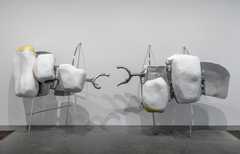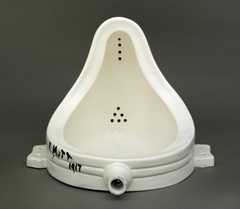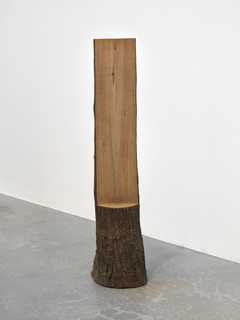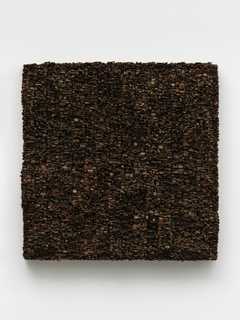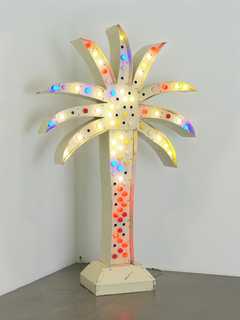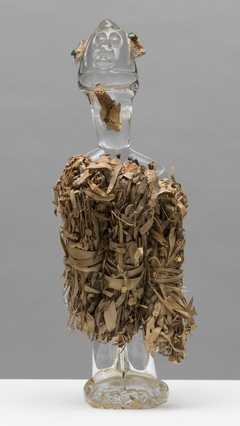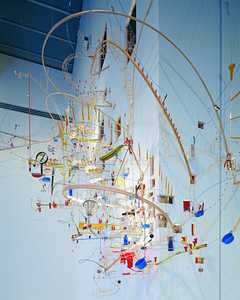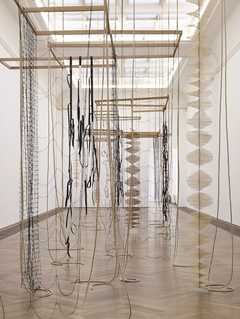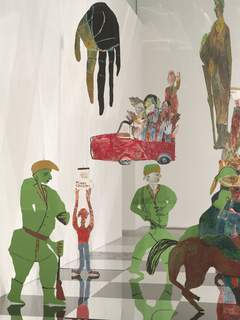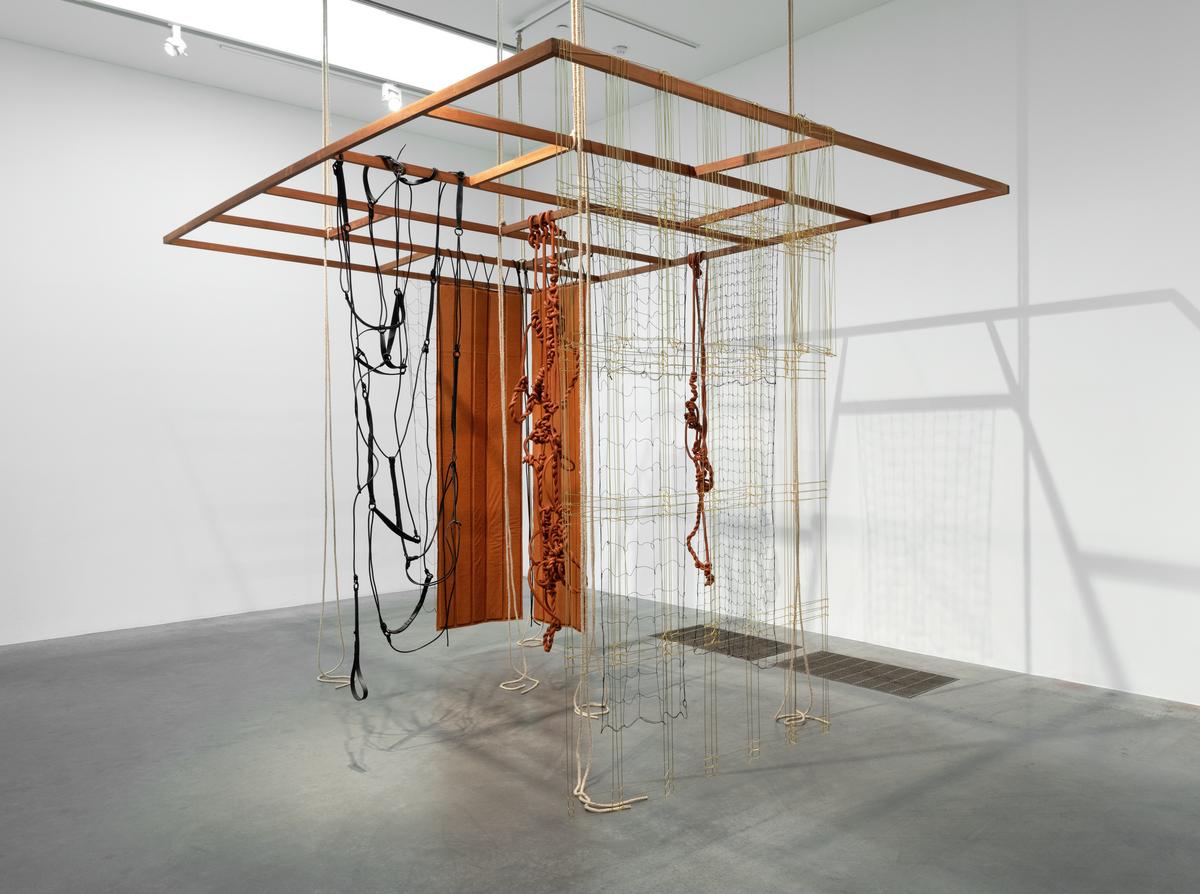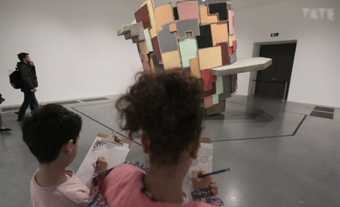Free Display
Materials and Objects
Discover artists from Tate's collection who have embraced new and unusual materials and methods
The Materials and Objects display looks at the inventive ways in which artists around the world use diverse materials.
Increasingly over the last hundred years, artists have challenged the idea that certain materials are unsuitable for art. Some employ industrial materials and methods, while others adapt craft skills, or put the throwaway products of consumer society to new uses.
10 rooms in Materials and Objects
Highlights
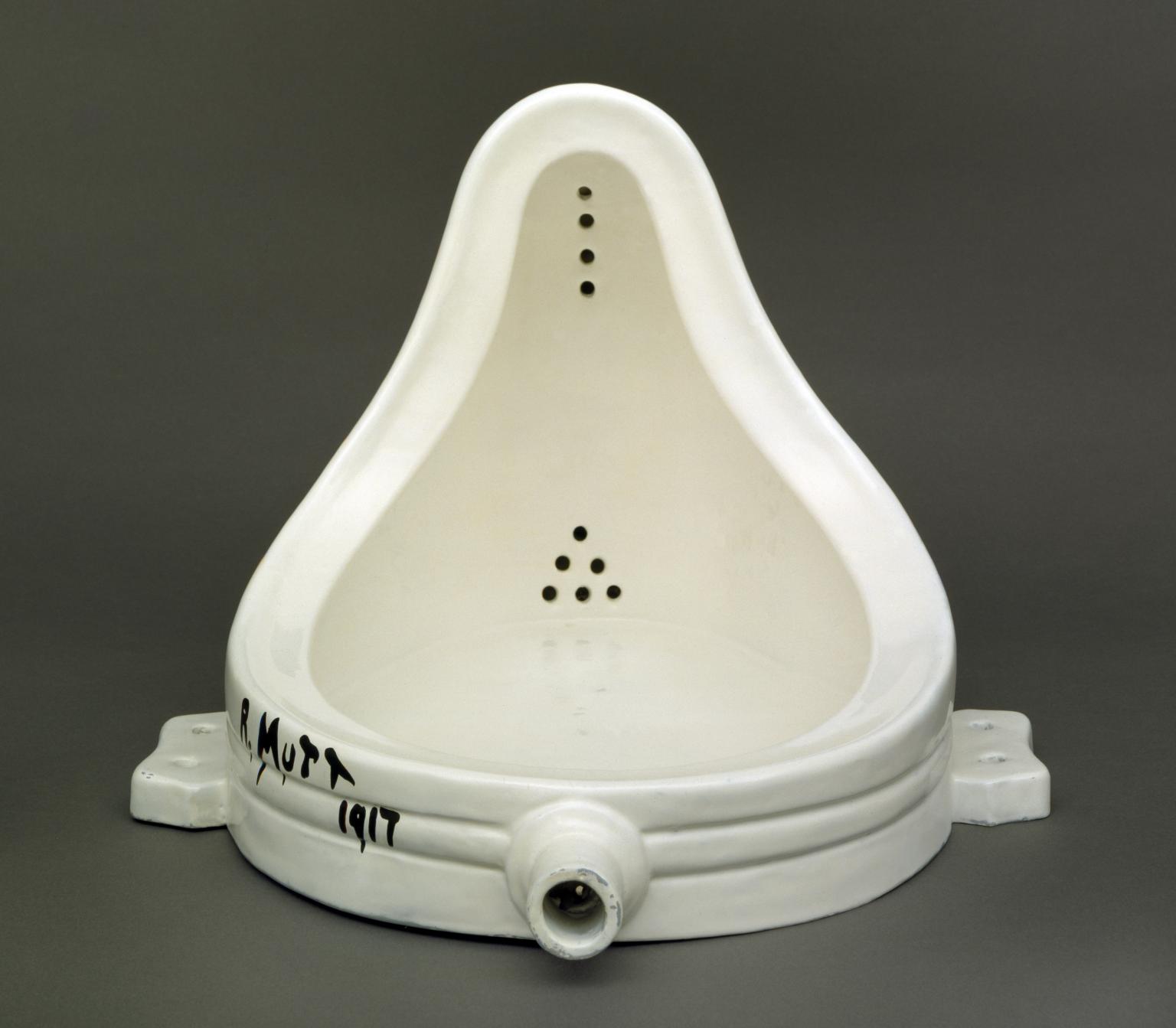
Marcel Duchamp
Fountain
1917, replica 1964
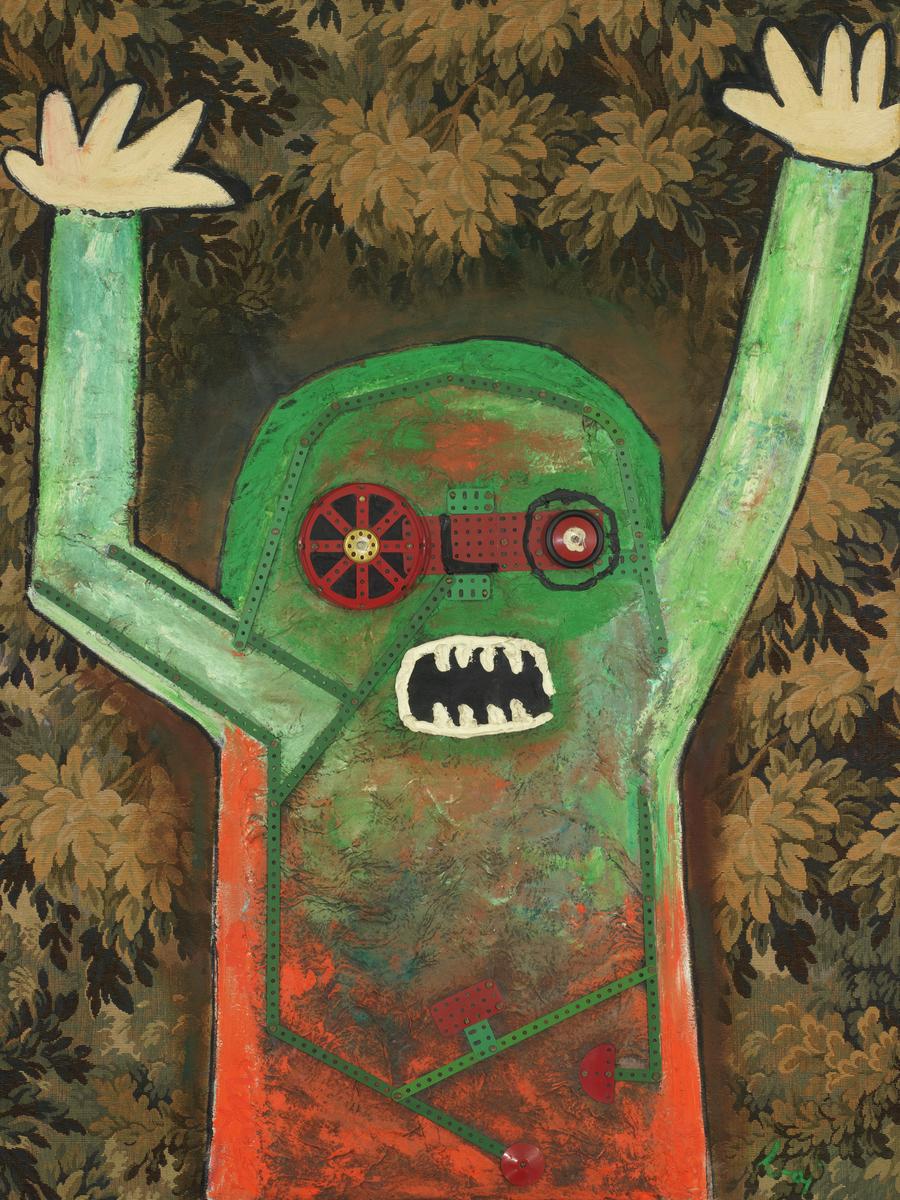
Enrico Baj
Fire! Fire!
1963–4
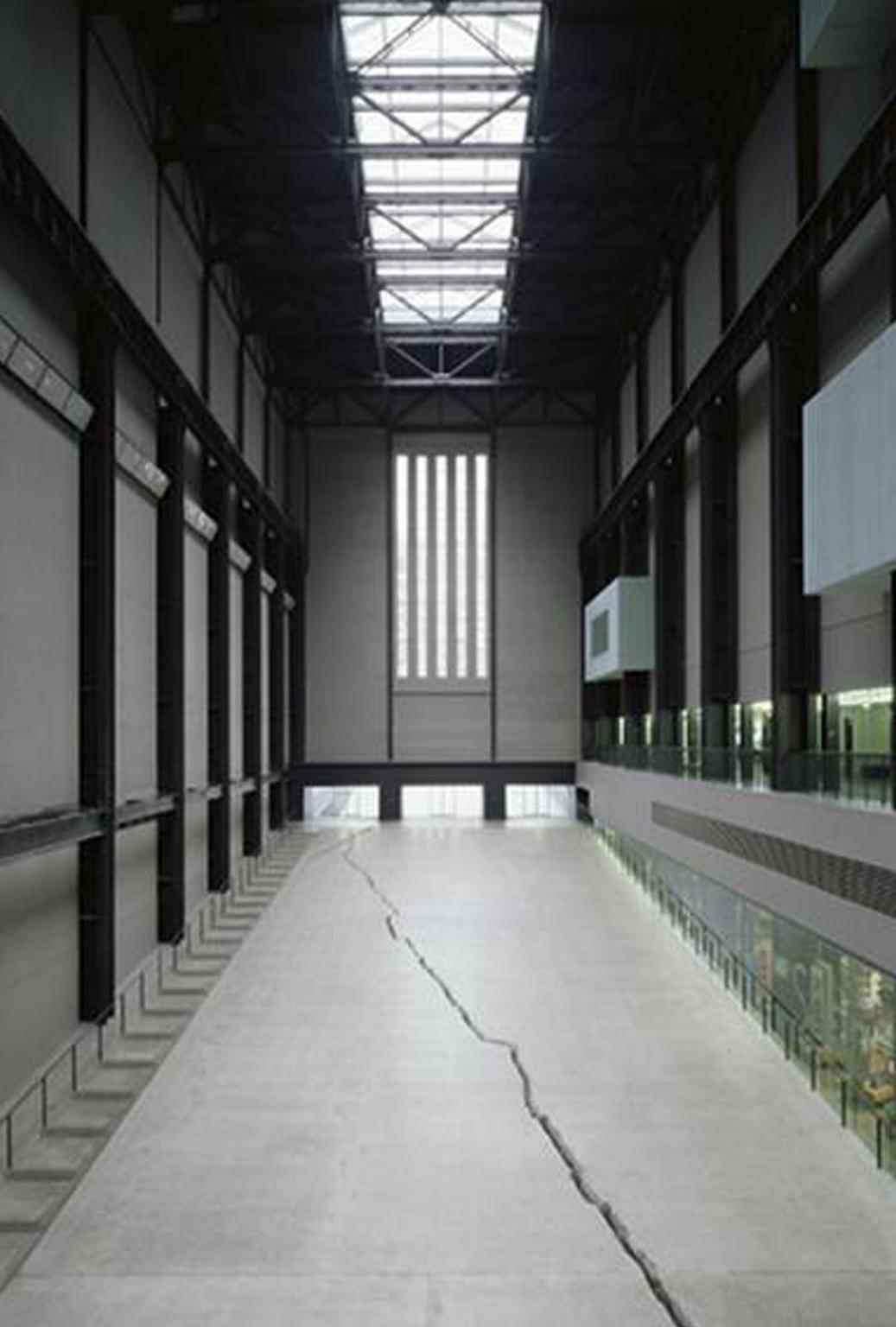
Doris Salcedo
Shibboleth II
2007
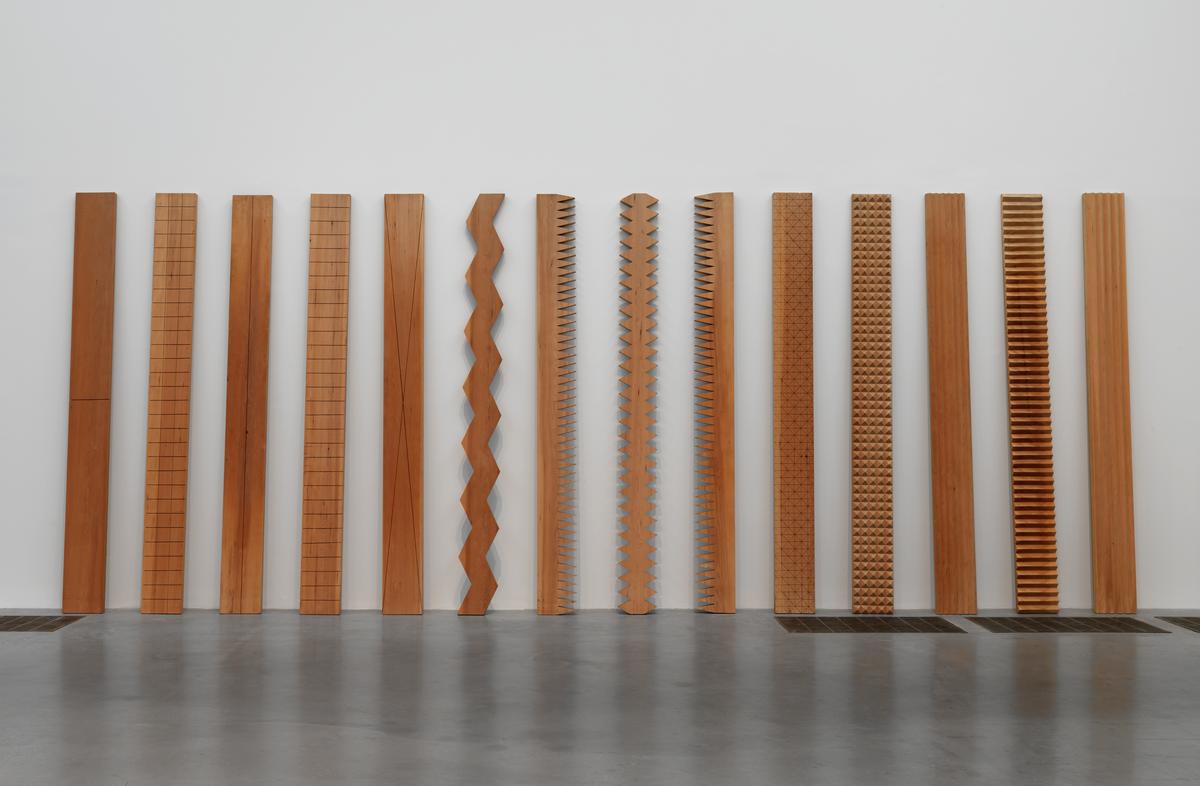
Susumu Koshimizu
From Surface to Surface
1971, remade 1986
You've viewed 4/7 highlights
You've viewed 7/7 highlights


